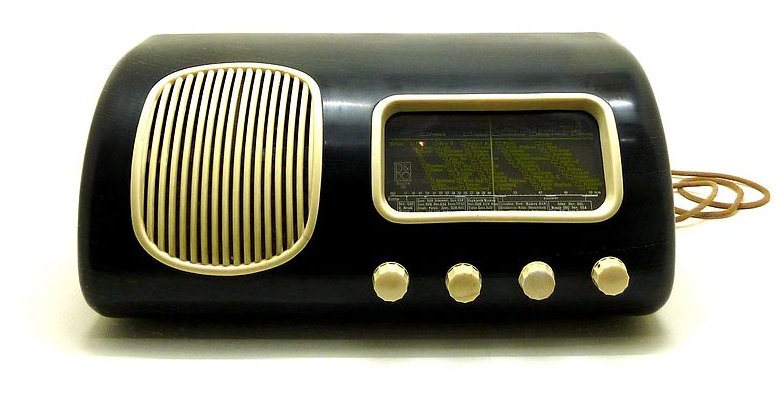
Beolit 39 from 1938, B&O’s first Radio in Bakelite (Source: Wikipedia, image by Theredmonkey)
On the topic of beautiful radio design, I just read this Wired Magazine article which features photographer, Alastair Philip Wiper.
Wiper has been researching the Danish consumer electronics company Bang & Olufsen for his upcoming book, The Art of Impossible: The Bang & Olufsen Story. He was granted unprecedented behind-the-scenes access to B&O, where he learned about the company’s design philosophy, process and history. Here’s a short excerpt from the article:
“In the mid-1950s, design greats like Arne Jacobsen began experimenting with new materials and colors, galvanizing a wave of mid-century modern Danish furniture makers. Everything was sleek, teak, and handsome—it still is—but exhibits showing off the new pieces had a curatorial problem: no one was making modern radio cabinets, forcing curators to display decidedly outdated designs alongside the stylish new furniture. The technology definitely needed a major overhaul.
Bang & Olufsen joined a handful of radio manufacturers in rising to the challenge. The two men spent a few years doing research and working with architects and designers to design devices as beautiful as they were functional—an approach widely taken for granted today but novel at the time[..]”
I encourage you to read the full article at Wired.com and view some of the photographs in their online gallery. If you’re not familiar with B&O design, do a simple image search online.

Thanks, Thomas, for the pointer to this article. I’m looking forward to the book, too, but learning about the Beogram 4000 made my day today. Happy Holidays to you, and thank you for such an interesting (and educational) site year-round.